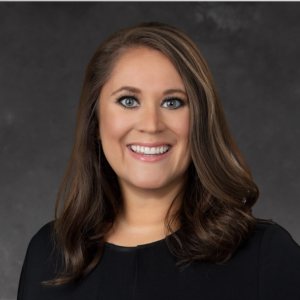
3 Common Investing Mistakes
Many people start out managing their own investments. But as their earnings and assets grow, their financial needs and challenges become more complex—and continuing to…


The easiest and most effective way to save is automatically. Think about it, saving automatically is the exact same way that millions of employees save through 401(k) and other retirement programs at work. So, taking that same concept— that you can “set it and forget it” and adjust to money going directly into savings would work for ANY savings goal you have— including saving for retirement, an emergency fund, homeownership, education, or even a vacation.
Automatic savings simply means you have a process in place to save at regular intervals, whether that’s quarterly, monthly or with each paycheck.
If you want to save automatically, we suggest one of these two strategies:
Over time, these automatic deposits add up. For example, $1,000 a month accumulates to $12,000 a year and $60,000 after five years, plus interest that has compounded. If you invest this money in your brokerage account your money could grow even more over time.
If you’re a new saver, learn more about how Beaird Harris helps Young Professionals and New Doctors start down the road to firm financial footing.
Please remember that past performance may not be indicative of future results. Different types of investments involve varying degrees of risk, and there can be no assurance that the future performance of any specific investment, investment strategy, or product (including the investments and/or investment strategies recommended or undertaken by Beaird Harris Wealth Management, LLC), or any non-investment related content, made reference to directly or indirectly in this blog will be profitable, equal any corresponding indicated historical performance level(s), be suitable for your portfolio or individual situation, or prove successful. Due to various factors, including changing market conditions and/or applicable laws, the content may no longer be reflective of current opinions or positions. Moreover, you should not assume that any discussion or information contained in this blog serves as the receipt of, or as a substitute for, personalized investment advice from Beaird Harris Wealth Management, LLC. To the extent that a reader has any questions regarding the applicability of any specific issue discussed above to his/her individual situation, he/she is encouraged to consult with the professional advisor of his/her choosing. Beaird Harris Wealth Management, LLC is neither a law firm nor a certified public accounting firm and no portion of the blog content should be construed as legal or accounting advice. A copy of the Beaird Harris Wealth Management, LLC’s current written disclosure statement discussing our advisory services and fees is available for review upon request.

Many people start out managing their own investments. But as their earnings and assets grow, their financial needs and challenges become more complex—and continuing to…

Beaird Harris is pleased to welcome three new partners: Nathan Biggs, Matt Edrington and Matt Skinner, to its public accounting practice, signifying the Firm’s continued…

Beaird Harris Named to Dallas Business Journal’s 2024 List of “Top 100 Money Managers.”

We’ll help you get started and learn more about Beaird Harris.